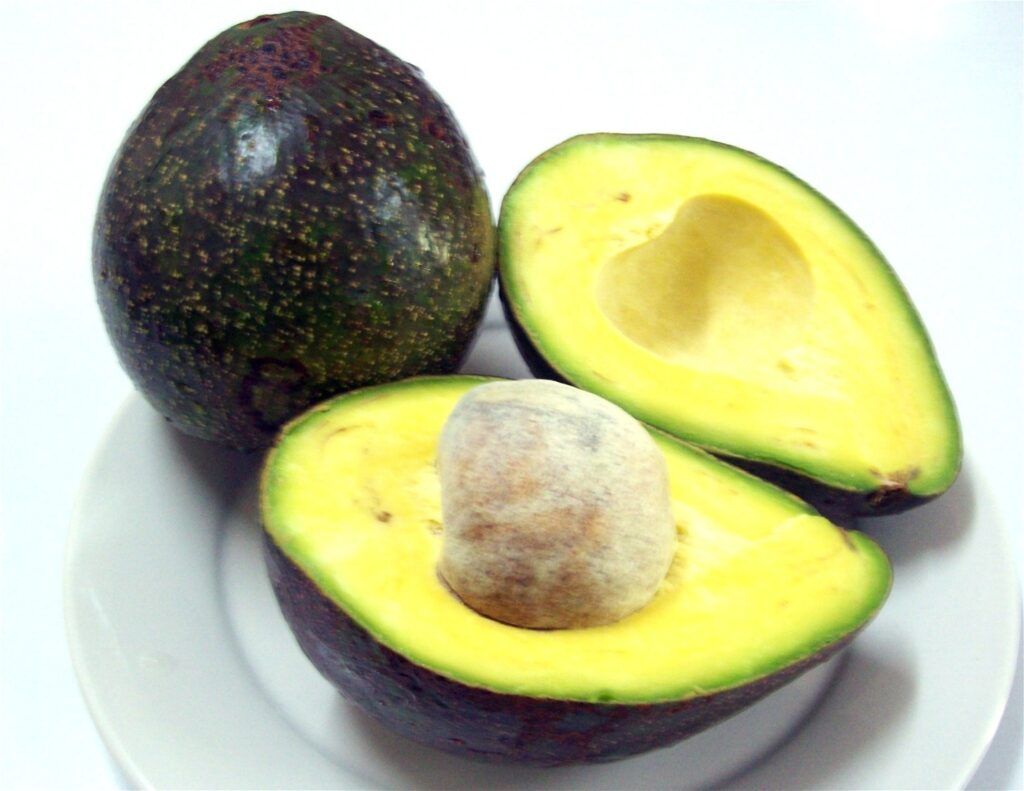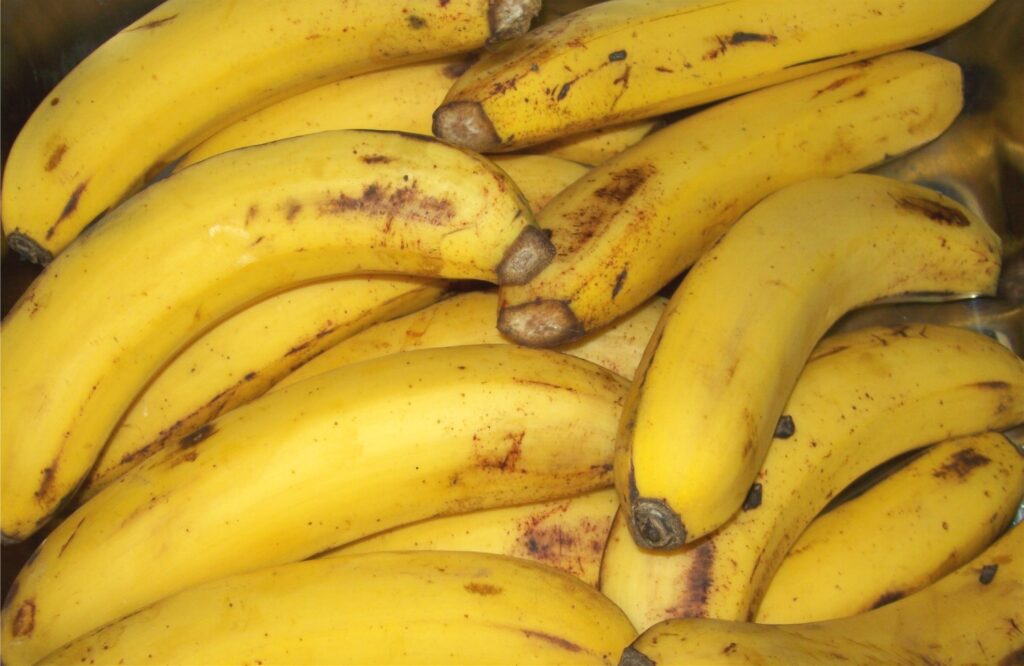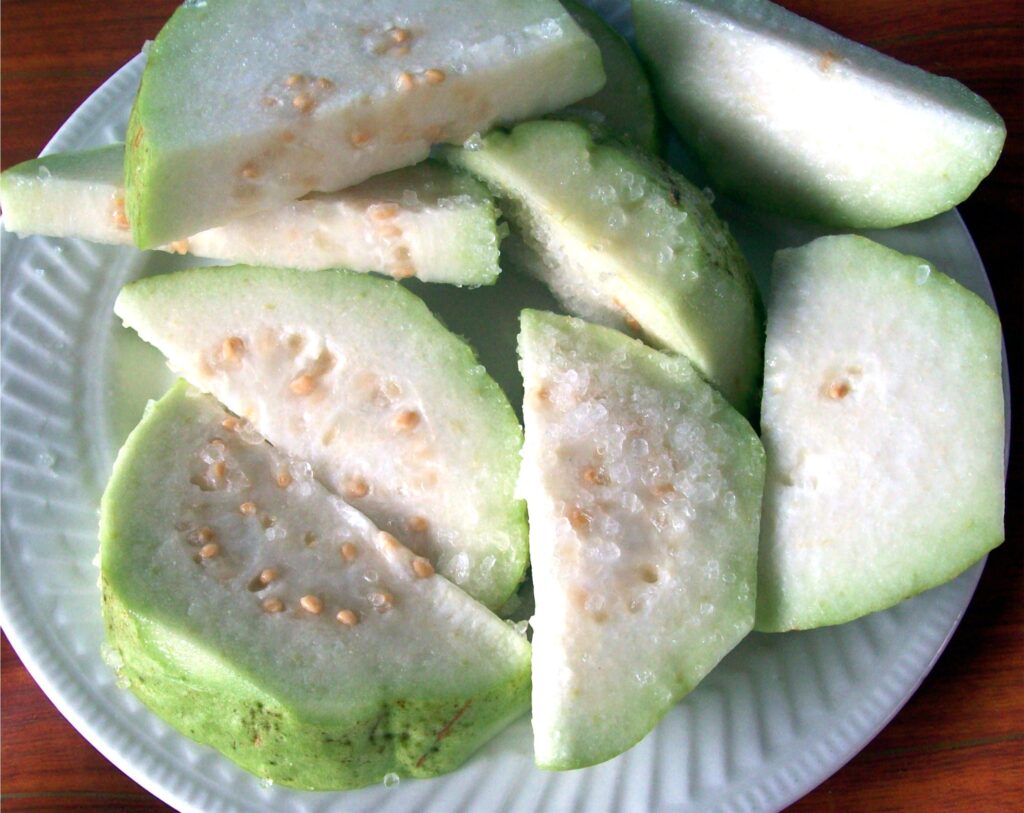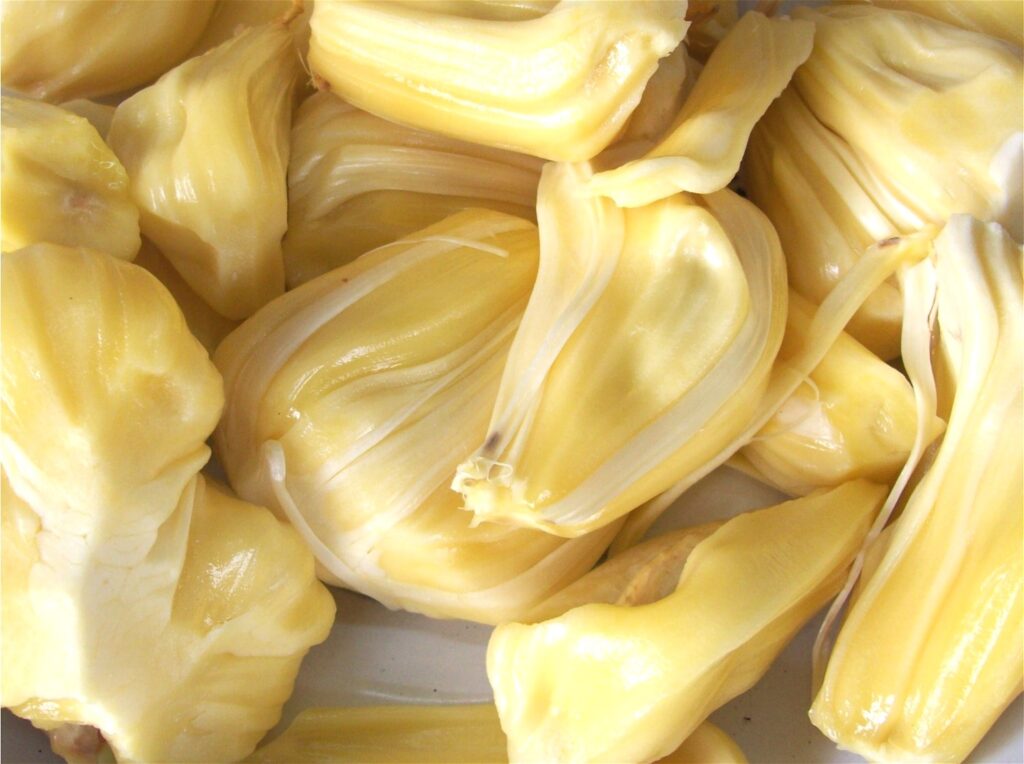By Henrylito D. Tacio
The fruit is food, drink, and medicine, neatly packed by nature in attractive, handy, and easy-to-open containers. It has sustained man in good health since he first had wit enough to reach out and accept the precious gift.
Some fruits have been grown on this planet long before recorded history. Others have evolved and improved over the centuries, to such a degree that past generations would never recognize them in their present form, while few fruits are of fairly recent origin.
The medical properties of fruits have been the subject of interest among noted herbalists and physicians of old. They have recommended them for their dietary and remedial virtues with a certainty based on custom, observation, and limited scientific knowledge.
As a medicine, fruits are generally safer, cheaper, and available any time of the year. Here are some of the most common ones:
Avocado. The fruit provides more than 25 essential nutrients such as protein, iron, copper, phosphorus, and magnesium, just to name a few. Nutritionists also claim avocado contain goodly amounts of Vitamin C (necessary for the production of collagen needed for the growth of new cells and tissues, prevents viruses from penetrating cell membranes, and also a powerful anti-oxidant), thiamine (converts carbohydrates to glucose to fuel the brain and nervous system), and riboflavin (helps the body to release energy from proteins, carbohydrates, and fat).

Avocado 
Banana
Avocado also has 60% more potassium than a banana. Potassium is a mineral that helps regulate blood pressure. As such, adequate intake of potassium can help guard against circulatory diseases, like high blood pressure, heart disease, or stroke. In addition, avocado also provides calories for energy and beneficial phytochemicals such as glutathione.
Balimbing. Unknowingly, balimbing fruit is extremely nutritious and contains approximately 36 calories per 100 grams. “The fruit, when fully ripe, are eaten out of hand, or they may be stewed,” wrote Wilson Popenoe, author of Manual of Tropical and Subtropical Fruits. “When slightly unripe, they are used for jelly and pickles.” It is also used as a garnish on avocado or seafood.
Health experts consider balimbing as one of the “superfruits” as it is rich in antioxidants, vitamins B and C, potassium, and iron. It is low in sugar, sodium, and calcium. In addition, balimbing is a potent source of both primary and secondary polyphenolic antioxidants.
Studies done in the United States showed that fresh mature green fruit of balimbing has a total acid content of 12.51 milligrams per gram, while mature yellow fruit has a total acid content of 13 milligrams per gram.
Balimbing is touted to be a potent inhibitor. Some studies show that the consumption of balimbing fruit or its juice in combination with certain medications can significantly increase their effective dosage within the body.
Among older people and in rural areas, crushed shoots or leaves are used externally for headaches and ringworm. Boiled flowers are used to expel worms. The dried fruit or juice is used for fevers. In India, the ripe fruit is used to stop hemorrhages.
Guava. This fruit has been touted as an all-purpose medicinal plant. If it is “an apple a day keeps the doctor away” in Europe and the United States, it must be “a few guavas in the season keeps the doctor away for the whole year” in the Philippines and other countries where guavas grow.

The roots, bark, leaves, and immature fruits, because of their astringency, are commonly employed to halt gastroenteritis, diarrhea, and dysentery, throughout the tropics. Crushed leaves are applied to wounds and ulcers. The leaf decoction is taken as a remedy for coughs, throat, and chest ailments.
Guava has been used for centuries to cure problems related to teeth and gums. Leaves are chewed to relieve toothache and to cure bleeding gums and bad breath. Guava leaf decoction is gargled to relieve mouth sores and inflamed and bleeding gums.
Guava likewise helps reduce cholesterol in the blood and prevents it from thickening, thereby maintaining the fluidity of blood and reducing blood pressure. Studies have shown that foods that lack fiber (such a refined flour) add to blood pressure due to quick conversion to sugar. Guava, being very rich in fiber and hypoglycemic in nature, helps reduce blood pressure.
Guava is also very helpful for those who want to lose weight without compromising with their intake of proteins, vitamins, and fiber. Guava, being very high in roughage and very rich in vitamins, proteins, and minerals but with no cholesterol and less digestible carbohydrates, is very filling and satisfies the appetite very easily. Ironically, guava helps gain weight among lean and thin people. This is probably due to its richness in nutrients, which keeps their metabolism right, helping properly absorb nutrients.
Jackfruit. Nutritionists claim the fruit is nearly as calorie-dense as the custard apple. A hundred grams of the edible flesh, including the seeds, contains almost 100 calories, most of it as sugar and starch. The flesh is rich in beta-carotene and potassium, while the seeds are rich in thiamine and riboflavin-B vitamins.
The Chinese consider jackfruit pulp and seeds tonic, cooling and nutritious, and to be “useful in overcoming the influence of alcohol on the system.” The seed starch is given to relieve biliousness, and the roasted seeds are regarded as an aphrodisiac. The ash of jackfruit leaves, burned with corn and coconut shells, is used alone or mixed with coconut oil to heal ulcers.

There are also reports that the latex, when mixed with vinegar, promotes the healing of abscesses, snakebite, and glandular swellings. The root is a remedy for skin diseases and asthma. An extract of the root is taken in cases of fever and diarrhea. The bark is made into poultices. Heated leaves are placed on wounds. The wood has a sedative property; its pith is said to produce abortion.
Pineapple. Throughout all this history, the pineapple was valued strictly as a table delicacy. All but forgotten were the early explorers’ intriguing observations that Indians had used pineapple poultices to reduce inflammation in wounds and other skin injuries.
In her book, Food Remedies, Florence Daniel has named pineapple juice as the specific remedy for diphtheria. The sour, unripe fruit improves digestion, increases appetite, and relieves dyspepsia.
In Indian herbal medicine, pineapple is thought to act as a uterine tonic. The ripe fruit cools and soothes and is used to settle gas and reduce excessive gastric acid. Its significant fiber content makes it useful in constipation. The juice of the ripe fruit is both a digestive tonic and a diuretic. The leaves are considered to be useful in encouraging the onset of menstrual periods and easing painful ones.
Another benefit of eating pineapple is that it helps to build healthy bones. Pineapples are rich in manganese, a trace mineral that is needed for your body to build bone and connective tissues. The benefits of pineapple when you have a cold or cough are the same as the benefits of orange juice, as pineapple contains significant amounts of vitamin C.

